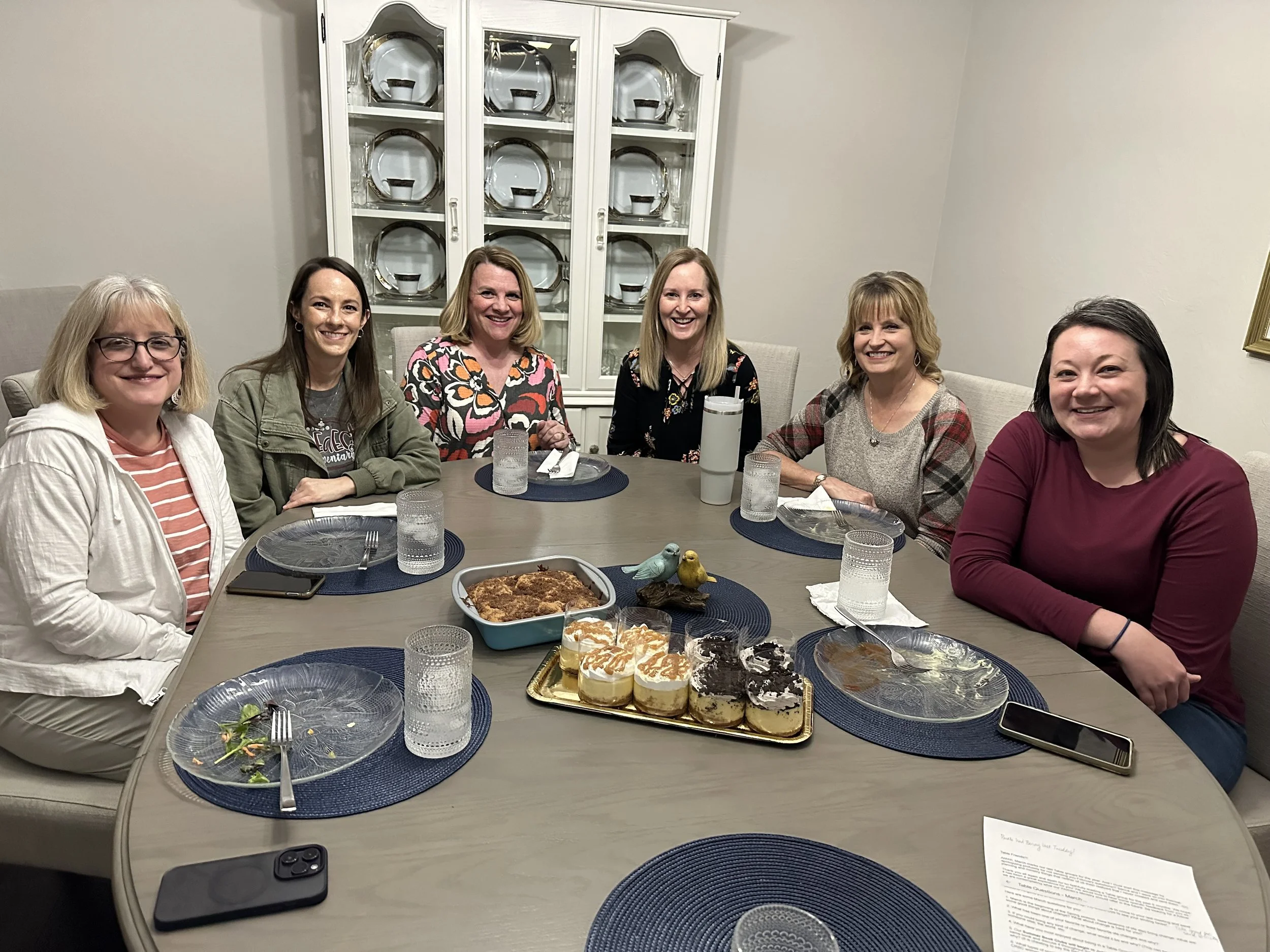“Count it all joy, my brothers, when you meet trials of various kinds,…” I don’t know about you, but hearing that I should be counting it joy when I have struggles seems like an oxymoron. How in the world can those two things go together? I think I am just beginning to understand what we are being asked to do here.
A Stewardship Journey
During my childhood, stewardship discussions at my church primarily centered around finances. Therefore, I grew up believing that being responsible with money equated to good stewardship. However, as I matured, I gained a deeper understanding. According to the Holman Bible Dictionary, stewardship is utilizing and managing all resources God provides for the glory of God and the betterment of His creation.
How to Look In Seasons of Service
The Beautiful Essentials of Spiritual Discipline
What comes to mind when you hear the word discipline? If you’re like most people, you probably think of sacrifice and sweat, self-denial, doing things you’d rather not do for the endgame prize. Exercising to reduce stress or improve your health. Giving up chocolate chip cookies so you can fit into your jeans. Saving money to buy that dream house or go on vacation. Studying to learn something new. Working hard for a promotion. Even if you don’t think of yourself as disciplined, chances are you have disciplined yourself to regularly practice certain behaviors for the anticipated results - brushing your teeth, going to work on time, not saying everything that comes into your mind, paying your bills, buying groceries, etc..
The Church As Family
We have all heard the phrase, “It takes a village to raise a child.” As a church, we don’t just believe that children need a village, we believe that every human needs a village. What we love about our village is that it is Christ-centered and our church is an extension of our household families. Ephesians 1:4-5 tells us that we are adopted into God’s family through Jesus Christ. The church is not just a building, it is the people inside that are a direct extension of the family.
The Meta-Narrative of Scripture
As a child, I loved the felt board in Sunday School. Really, the physics of a piece of magazine-like paper sticking to a vertical surface is what interested me the most. But those felt board pictures stuck in my mind too. They taught me the compartmentalized stories of certain people from particular stories in the Bible. Short stories are a great way to teach children, but we all need to grow into an understanding of the Bible for formation not just information. Seeing the overarching “metanarrative” (or big picture) of Scripture is a great first step beyond reading the Bible for information. Here I’ll cover creation, fall, and salvation (redemption), but know that consummation (restoration when Jesus returns) is also included in the meta-narrative.
Jesus Liked to Fix Things, Too
Hello. My name is Gayle and I’m a Fixer. I first discovered I had the problem when my kids were preschoolers. But I found I was pretty good at fixing things, so I kept at it. A Band-Aid for a scraped knee, a bottle and a nap for a cranky infant, a time-out for an allegation of a snatched-away toy. Yea! I think I got this!
Getting to Know Jesus
There are so many people in our world today that are struck by a single question: Who is Jesus? Was he simply a good teacher or was he a lunatic, a prophet of some sort, a simple carpenter from Nazareth, or was He really the Word made flesh that dwelt among us (John 1:14)? The answer to that question is the basis for our beliefs. As Christians, we believe He was the Word, fully God, yet fully man, and this satisfied the blood covenant He fulfilled through His death on the cross (Romans 8:3-4). Countless authors, scholars, philosophers, and everyday people have attempted to explain away the Person of Jesus. It is beyond their perception, or beliefs, that God would even come to approach us (and not the other way around) as a humble, human child that grew in age and wisdom (Luke 2:40).








